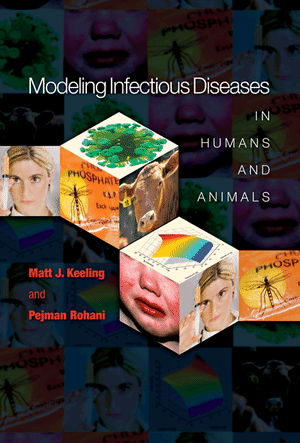|
Chapter 4 is dedicated to two main
issues: heterogeneties of the pathogen and heterogeneties of the host.
Pathogen heterogeneities concentrates on modelling the interaction
between competing strains of infection. The scientific community is
only just beginning to understand the range of complex outcomes when
multiple strains compete for a limited supply of susceptibles. This
conceptual extension of the simple one-pathogen one-host paradigm are
becoming increasingly recognized as fundamental to our understanding of
key questions in public health. A complete description of models that
examine strain dynamics requires a detailed knowledge of the host
immune systems, and how different strains interact via the immune
response that they elicit. Interest in this area stems from the fact
that competition between strains is fundamental to disease evolution.
Thus, if we are to understand and ultimately predict the emergence of
novel pathogens or, for example, the strain of influenza that will
circulate next season, we must better grasp the role of competition
between cross-reacting strains of infection.We develop a series of
ever-more complex models to explore the interaction between two or more
pathogens (Programs 4.1-4.3).
Finally, we consider the problem of two hosts that share a common
pathogen, and focus in particular on the dynamics of infection spread
by mosquito vectors. Vector-borne diseases, such as malaria, dengue
fever, and leishmania, are among the most challenging from a
public-health perspective, and so models are frequently required to
optimize their control.
Programs:
Program 4.1
|
Page
118
|
SIR
model with partial immunity
|
Program 4.2
|
Page 123
|
Partial
immunity model that cycles
|
Program 4.3
|
Page 126
|
Full
partial immunity model
|
Program 4.4
|
Page 136
|
SIR
model for mosquito vectors
|
|


